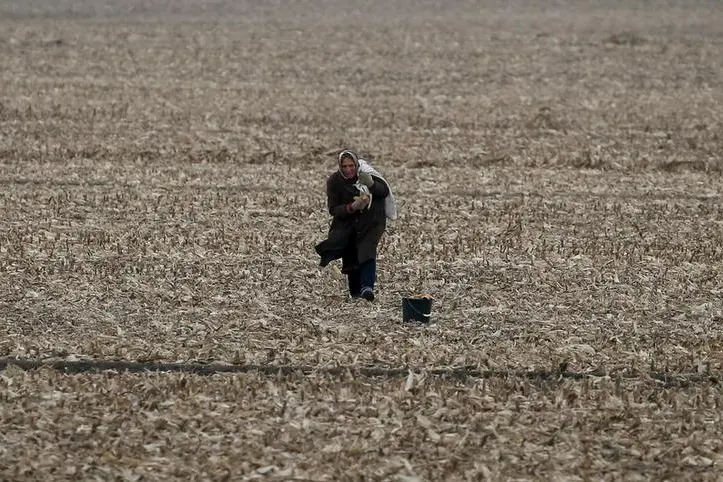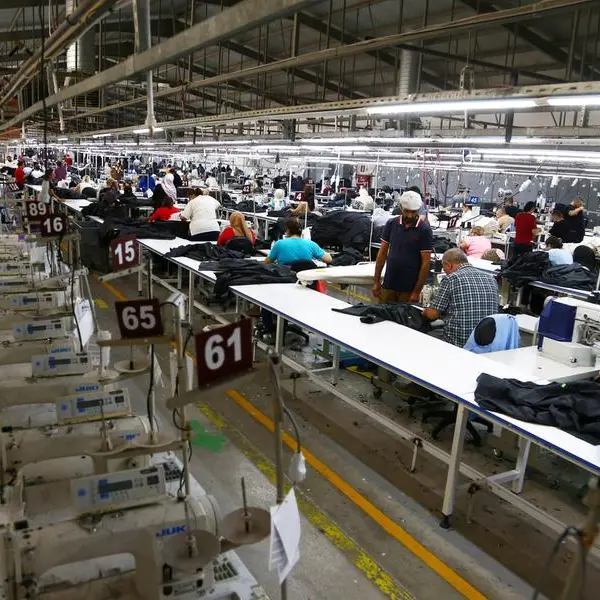PHOTO
The European Union's maize harvest is in full swing and field work is confirming widespread drought damage that analysts expect to push the feed grain crop to a 15-year low.
A historic drought and successive heatwaves in Europe affected maize, or corn, during crucial summer growth stages, and showers in the past month appeared too late.
"In the EU, impacts of the summer drought, despite the sparse return of rainfall, have brought the yield outlook for crops to a rather uniform poor status," intergovernmental crop monitoring body AMIS said in a note.
The European Commission last Friday cut its EU maize crop forecast to 55.5 million tonnes, joining other observers in projecting the lowest volume since 2007.
Hungary could be the worst-hit, with the agriculture ministry this week estimating the crop will more than halve from last year to 3 million tonnes, echoing industry expectations that the country will flip to being a net importer.
The Commission expects total EU maize imports in 2022/23 of 21 million tonnes, a four-year high. Imports are currently running at almost double last season's pace, despite the war in leading supplier Ukraine.
In France, where the lowest production in three decades is expected, the non-irrigated crops that represent two-thirds of the planted area have been particularly hard hit.
Growers group AGPM this week forecast production at 10 million tonnes, in line with market estimates and below last month's farm ministry forecast of 11.3 million that was already a 32-year low.
Farmers had cut two-thirds of the crop by Monday, according to farm office FranceAgriMer, and could make more progress in sunny weather this week before showers forecast for next week.
In Romania, which vies with France as the EU's largest maize grower, the crop also suffered to varying degrees.
“Corn was the crop most affected by drought this year, although in the areas where we could maintain the temperature comfort through irrigation yields were alright,” Romanian Agriculture Minister Petre Daea told Reuters.
He did not give a production forecast but said the crop should cover domestic needs and allow reduced exports.
In Italy, indications suggest the crop could fall by about 40% from last year, said Lorenzo Bazzanam, chief economist at farming group Coldiretti, adding that some fields were abandoned because of drought constraints on irrigation.
In Germany, where the harvest is nearing completion, the crop is likely to fall about 19% to around 3.5 million tonnes, analysts say.
“It is pretty much confirmed that the heatwave and dryness this summer has cut Germany’s crop by about 600,000 tonnes,” one analyst said.
However, tight supply may be partly offset by difficulties in the livestock sector that could curb overall feed consumption, the analyst added.
One bright spot could be Poland, where some analysts see maize production exceeding last year's, helped by increased planting and moderate drought impact. (Reporting by Gus Trompiz in Paris, Gergely Szakacs and Anita Komuves in Budapest, Luiza Ilie in Bucharest, Rodolfo Fabbri in Rome and Michael Hogan in Hamburg; Editing by Kirsten Donovan)





















